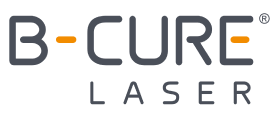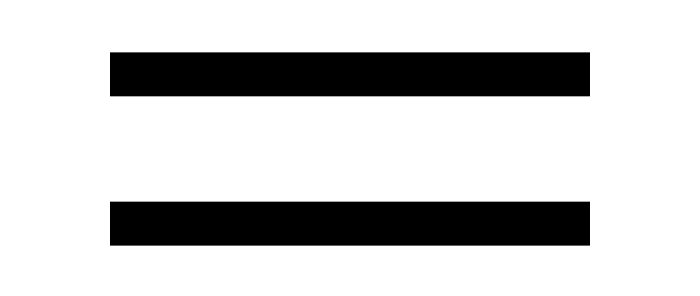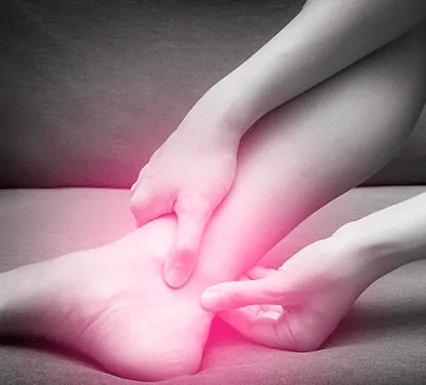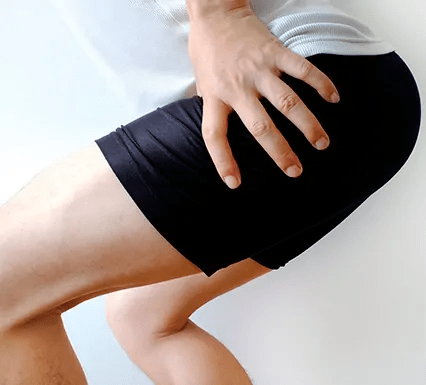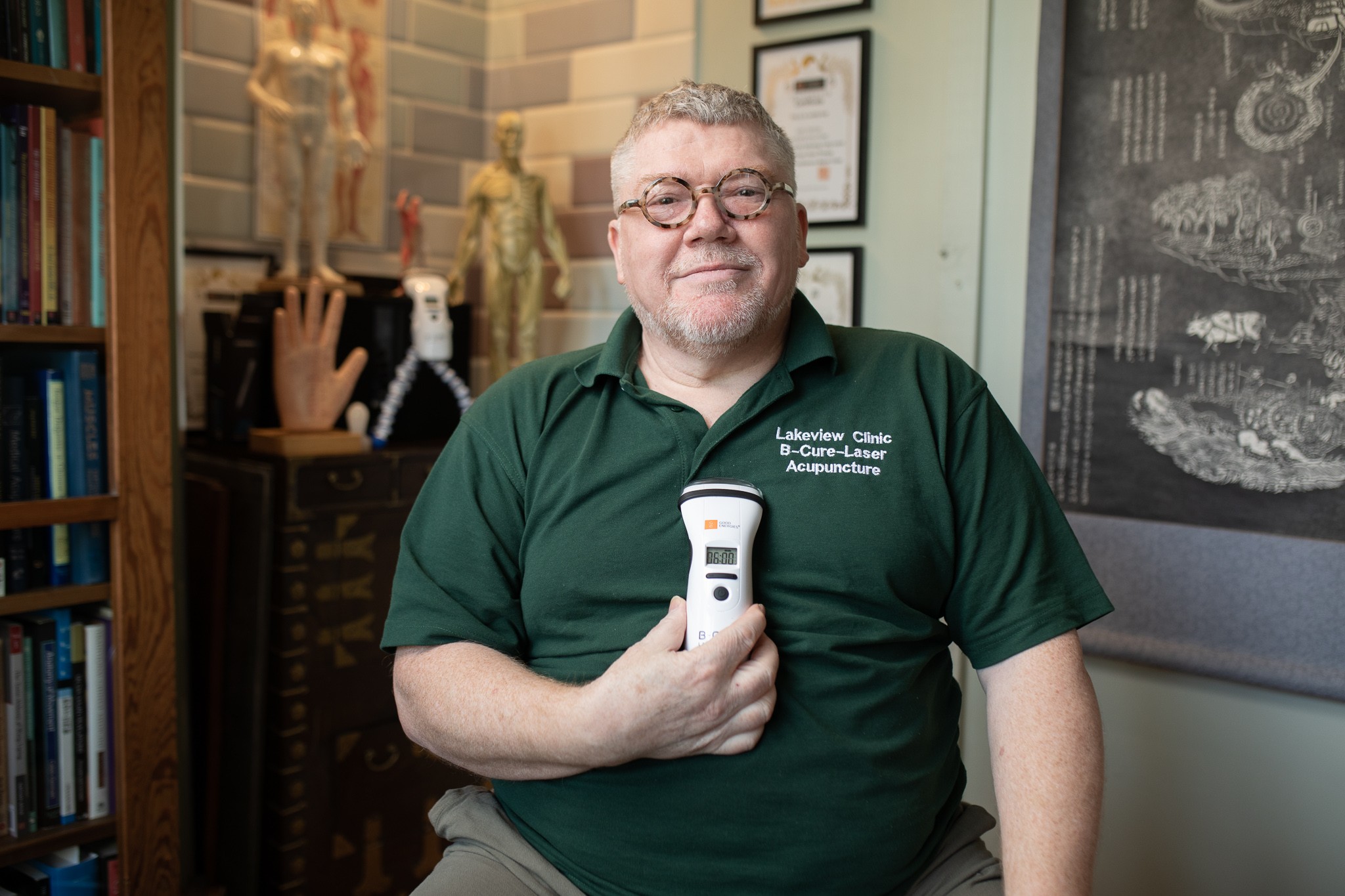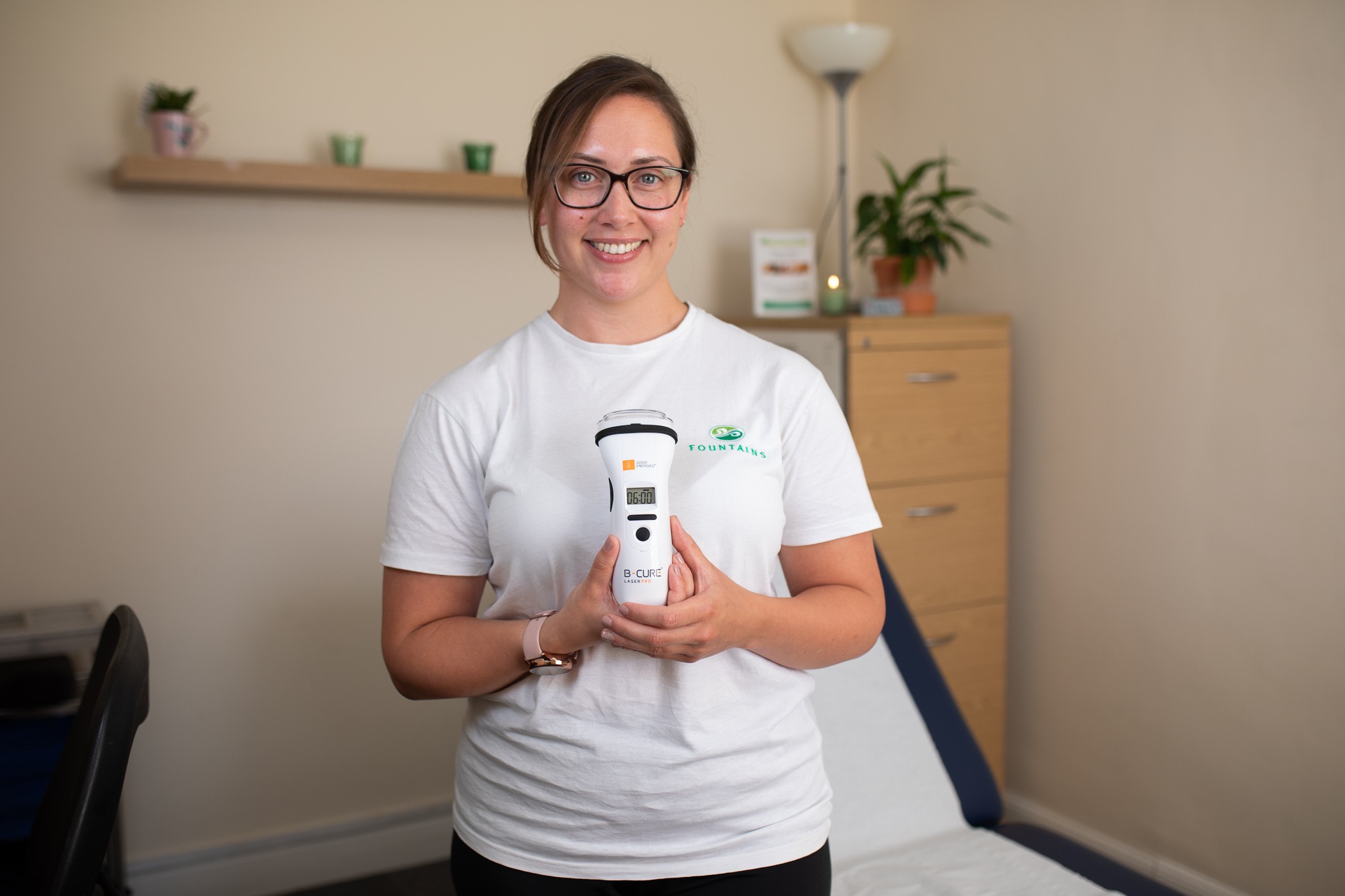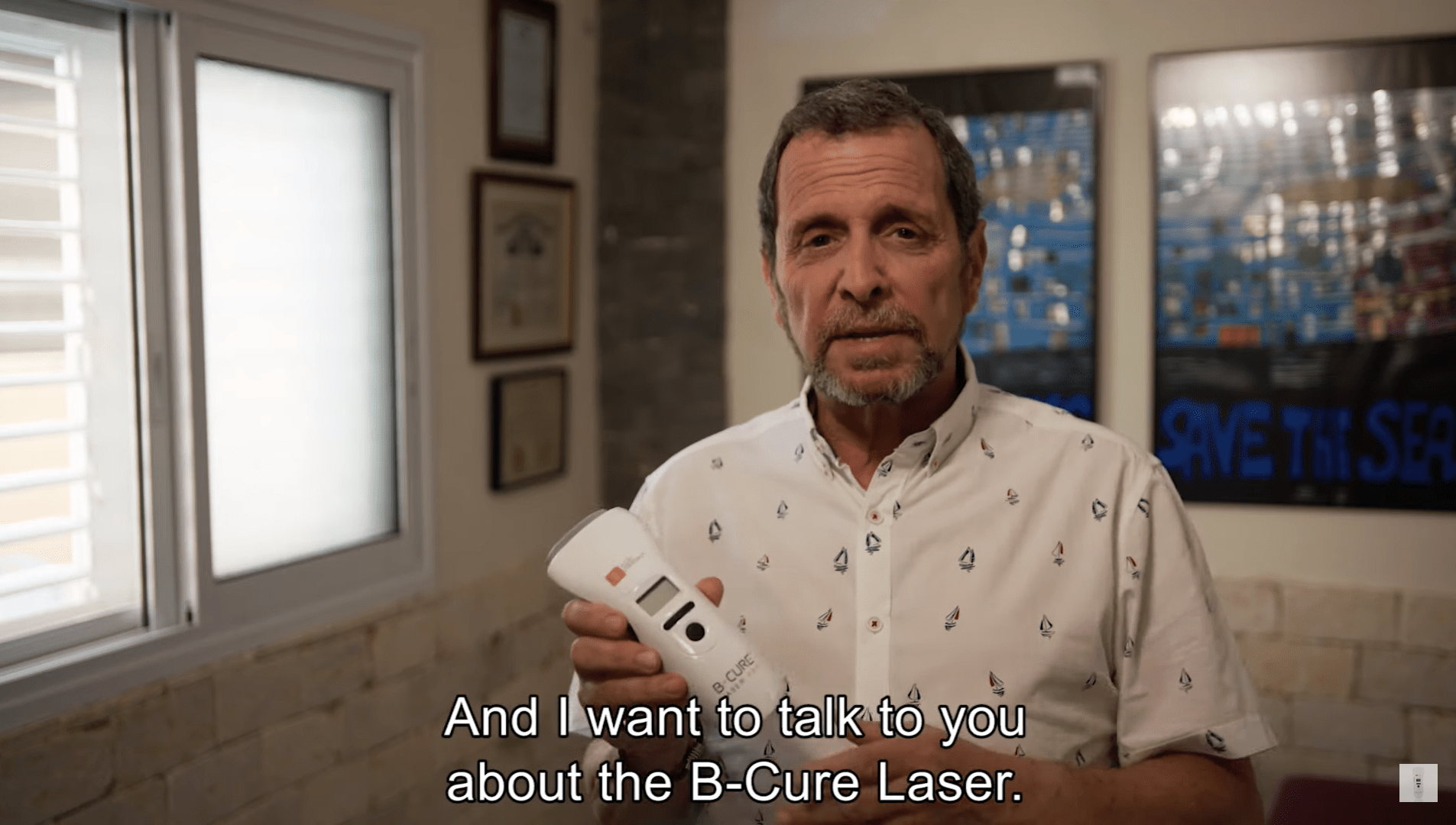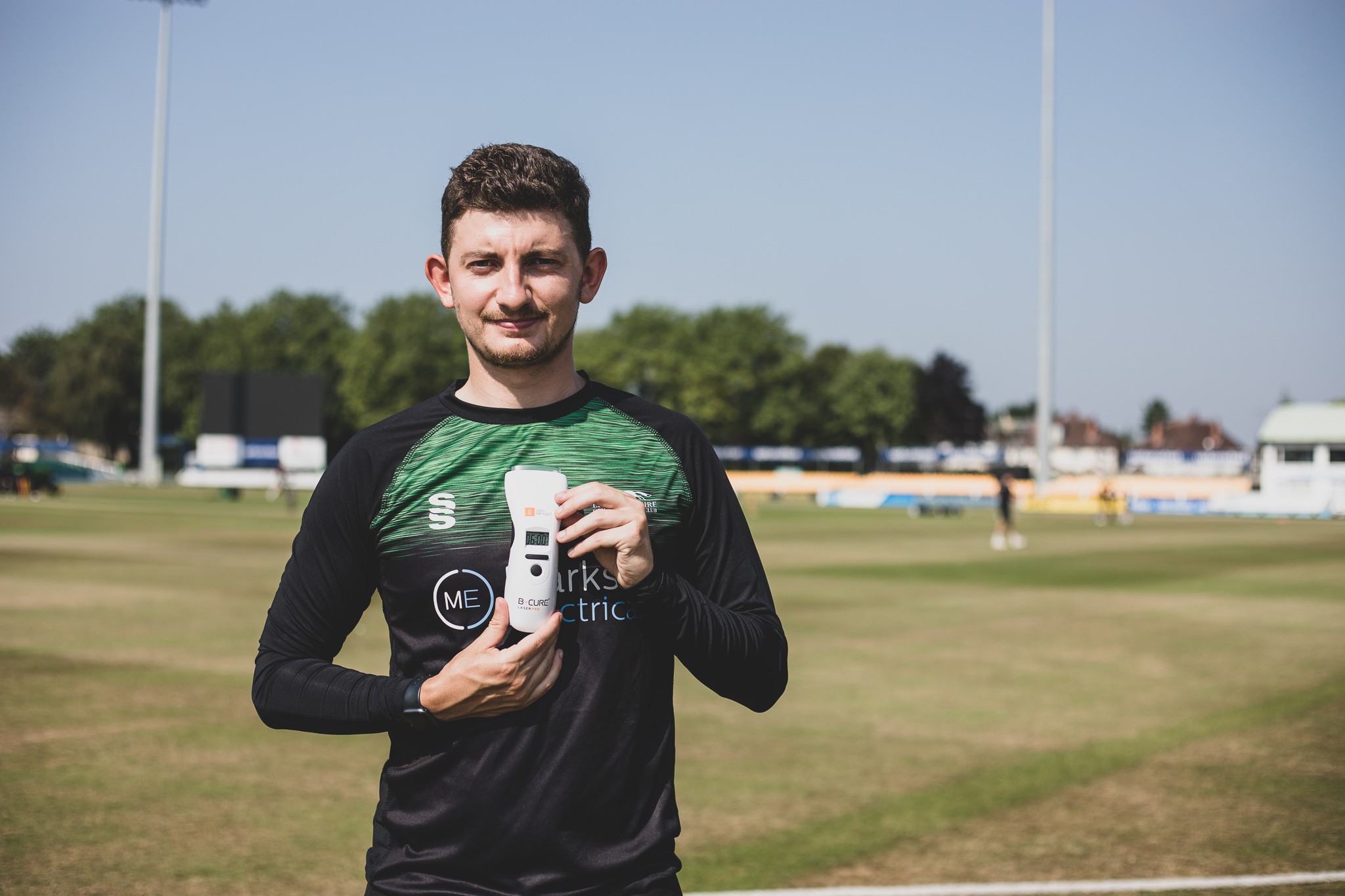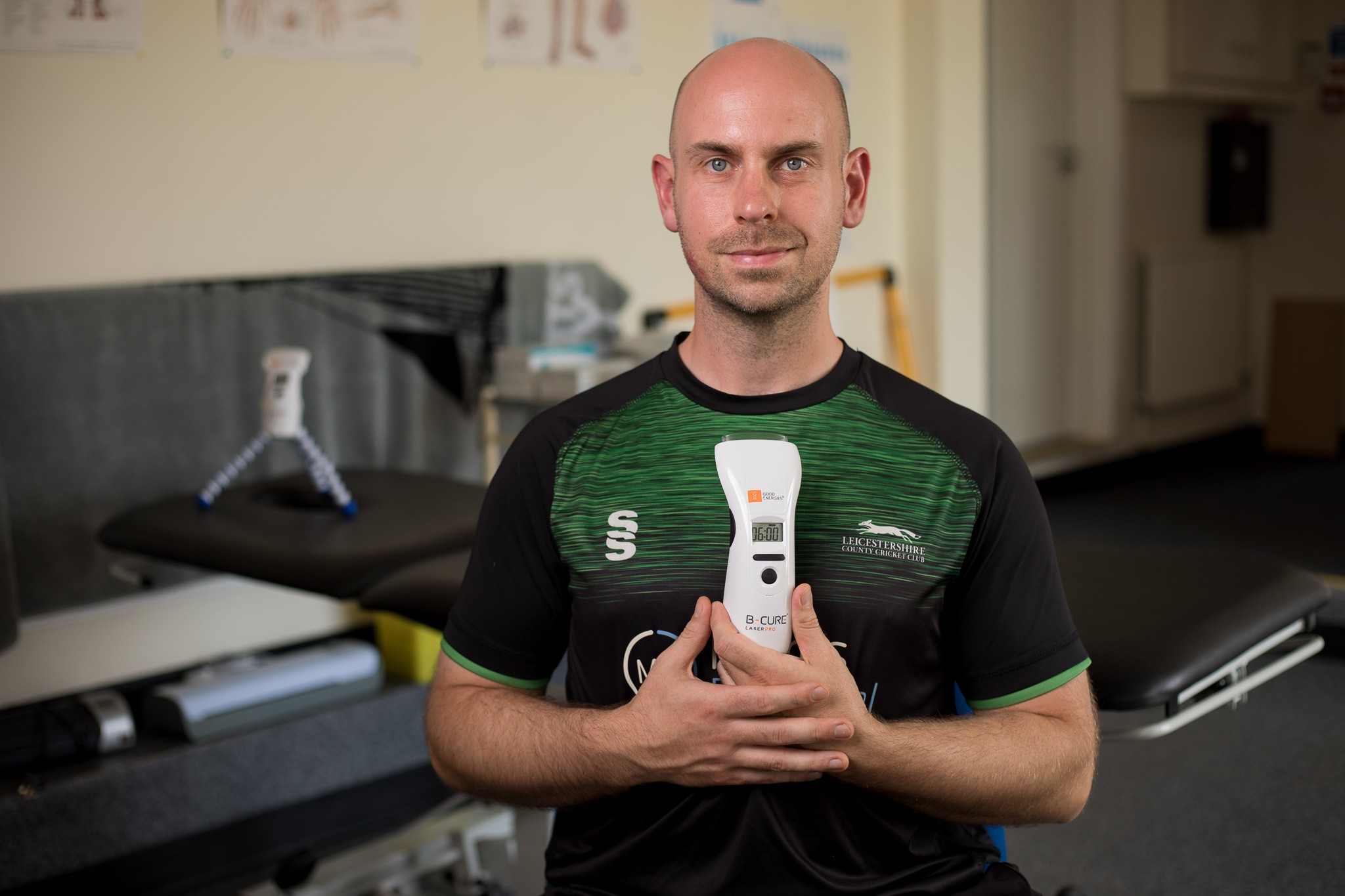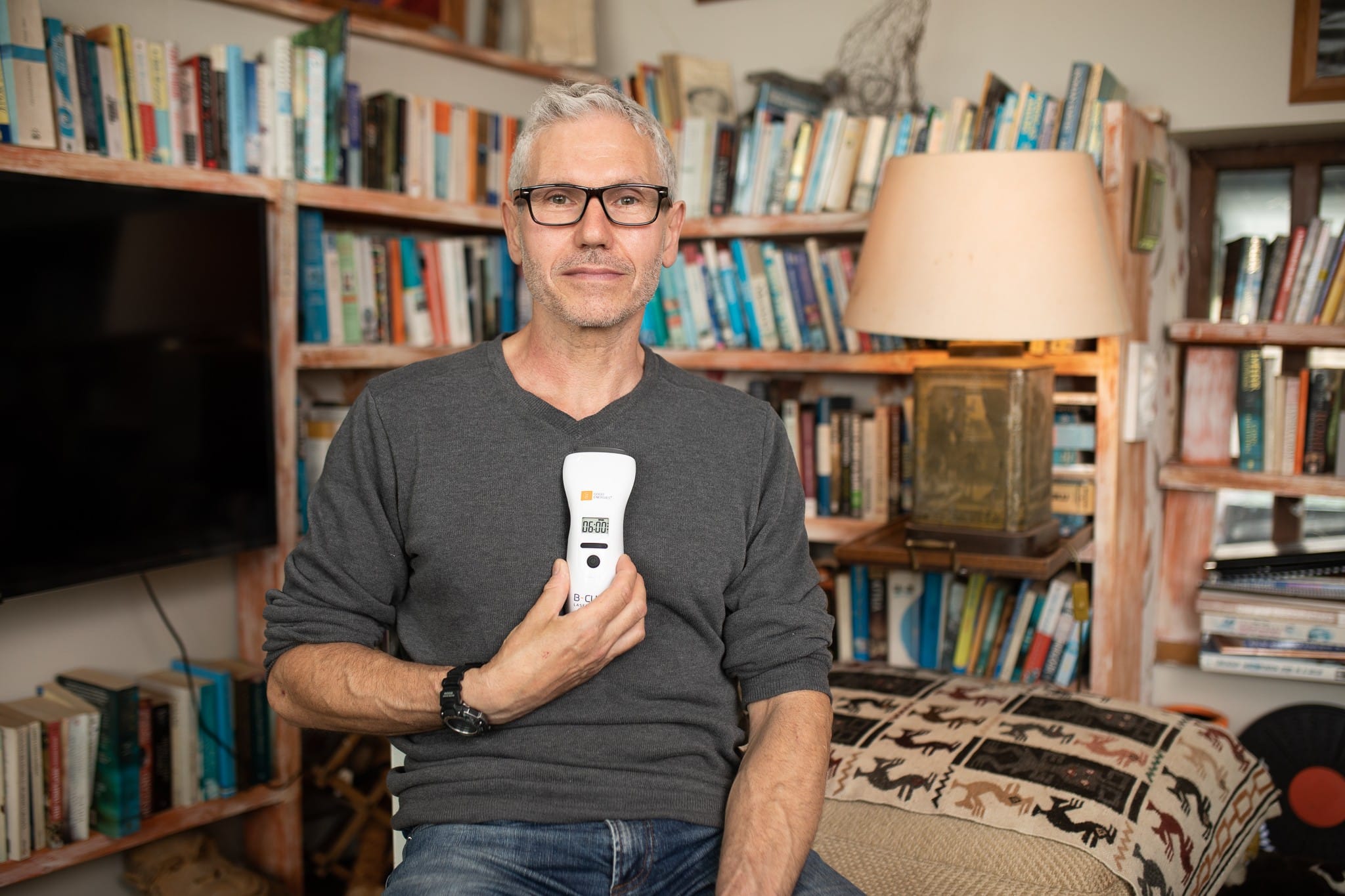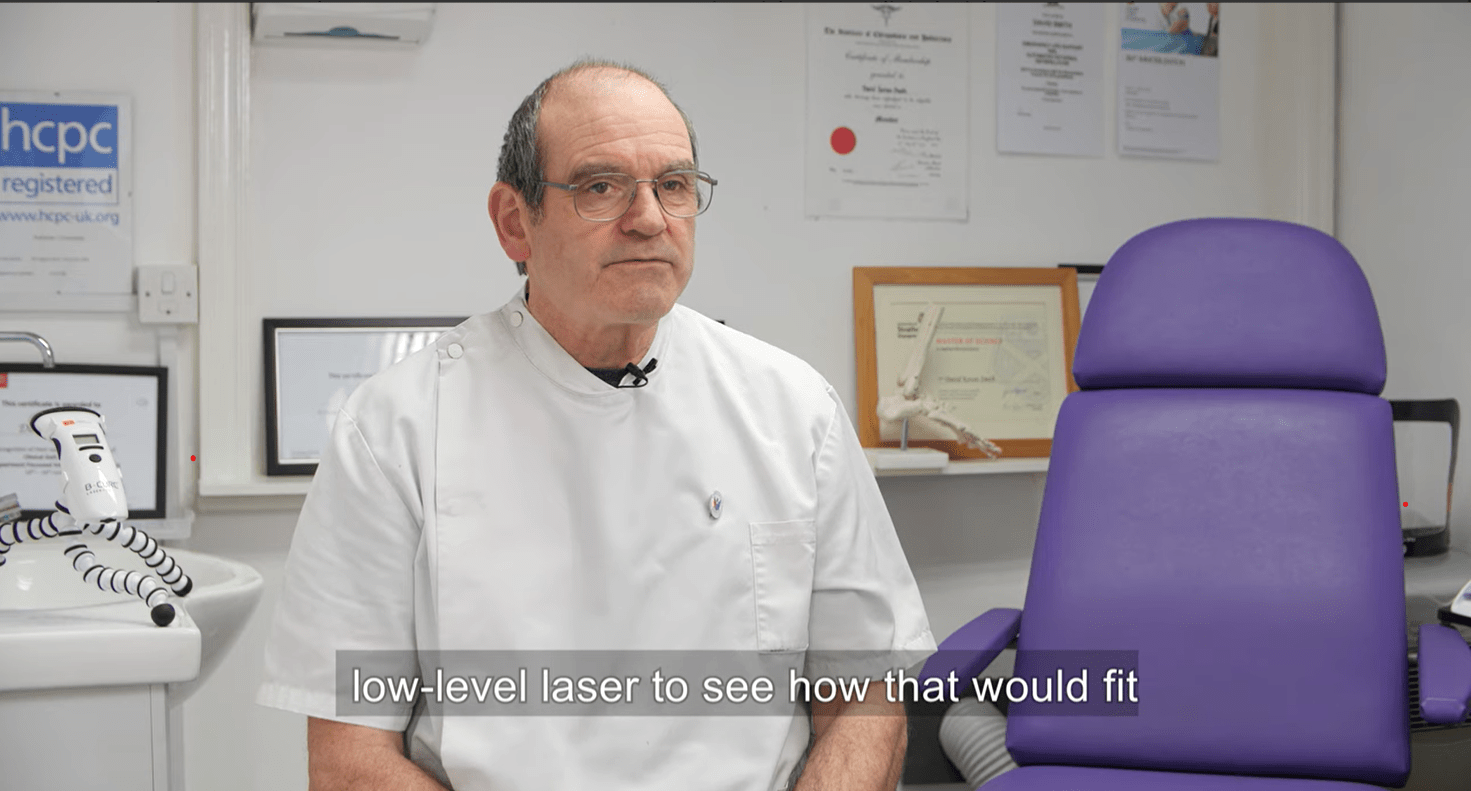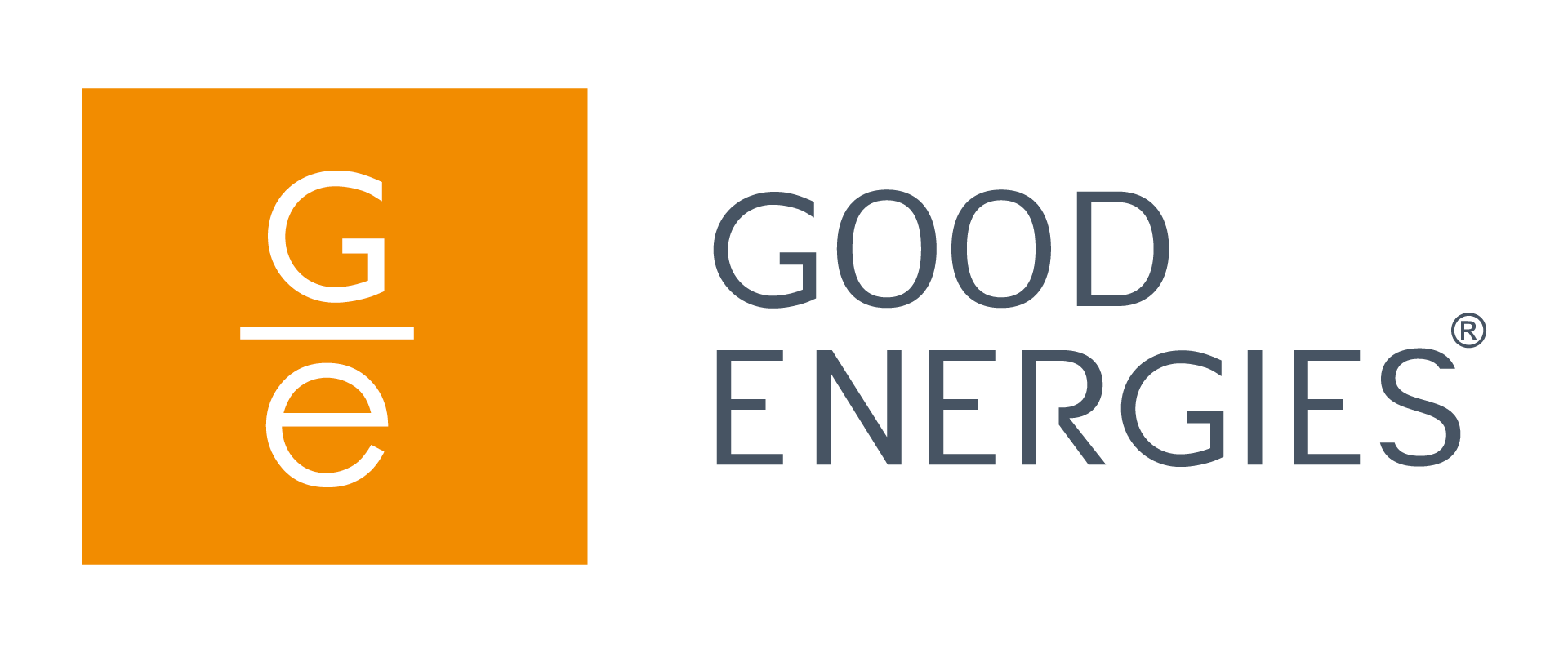The results of the double-blind clinical trial, which was presented on December 14, 2017 at the IOA conference:
A skin wound that is slow to heal or heals partially but recurs is known as a chronic wound. Some of the many cases of chronic (ongoing) wounds can include trauma, burns, skin cancers, infections or underlying medical conditions such as diabetes. Persistent wounds need special care.
Ulcers are common for people living with diabetes, neuropathy or vascular disease. Open wounds may put those living with these conditions at increased risk of developing infection in the underlying tissues.
Diabetic Ulcers
Until now, the medical response for these patients was limited. As a result, many continue to suffer from diabetic ulcers. Lack of effective treatment or neglect sometimes leads to the spreading and dangerous deepening of wounds, as can be found in conditions such as sepsis. At this point, invasive treatments (surgery and even amputation) are required to avert life-threatening deterioration in health.
Diabetes causes reduced circulation of the blood flow, harms the cell structure, causes infections and affects the nerves (neuropathy). In turn, this slows the healing process.
Surgical Wounds
A surgical wound, typically made by a scalpel during surgery, can also result from a drain being placed during the surgical process. These wounds vary in size and are usually closed with sutures or staples. In some cases, they are left open for healing.
Pressure Sores
Long-term pressure on the skin, from immobility or constant friction, leads to pressure sores, also known as bedsores. Areas that are prone to these sores are where the bone is in close proximity to the skin and pressed against an external surface. These susceptible areas include the lower back, ankles, hips, and buttocks.
What hinders the healing of these wounds?
Advanced age, an underlying illness, or the severity in depth or size of the wound can cause a delay in healing. Large wounds take longer to heal than small ones, increasing the risk of infection. The ability of the patient to heal diminishes with age, extending the healing process.
B-Cure Laser
Thanks to the patented electro-optic device mechanism, B-Cure Laser helps as an adjunctive treatment for acute and chronic wounds.
The results from the double-blind randomised placebo-controlled clinical study indicated that 12 weeks of daily B-Cure Laser treatments significantly decreased wound size in patients with diabetic foot ulcers, compared to sham irradiated controls.
In the LLLT B-Cure Laser group, 70% of patients achieved >90% wound closure, while only 13% in the placebo group reached this level of closure (p=0.01 by FET). Some ulcers in the active group fully healed during the trial period.
It is worth noting that many of the patients who use the device, prefer using it for adjunctive treatment because it is effective and convenient for home use.
In a study on Diabetic Foot Ulcers at Hadassah Medical Center, patients using B-Cure Laser Pro witnessed impressive results. Significant healing progress was observed within seven days of treatment and wounds nearly closed after 30 days.
Professor Reis, Senior Orthopedic Physician, found that treatment with B-Cure Laser may help as an adjunctive treatment for acute and chronic wounds. “B-Cure Laser Pro is a good complementary treatment for wounds, and significantly helps in enhancing the body’s natural healing mechanism for production of collagen and elastin, in renewing the skin tissue and accelerating lymphatic drainage to reduce infection”. Professor Reis added, “The device induces the release of endorphins that relieve pain (an additional significant effect for those who suffer from neuropathic pain). All of these help in accelerating healing processes of wounds while forming new and healthy skin tissue”.
New life for diabetics – in their own words
Mr Lerner, one of the first patients treated for a diabetic wound with B-Cure Laser:
“Last year I fell and injured my right foot and an 8cm X 7cm ulcer formed on the sole of my foot. Following treatment in several hospitals, including hyperbaric oxygen therapy for diabetics, there was no improvement. I read an advertisement about this device in the newspaper. Within three months, the treatment with B-Cure Laser restored my foot to a healthy state. The healing stages were painless and I had no side-effects. They kept telling me that the time required for complete recovery is at least three years and some even advised me to amputate my foot”.
Treatment at home
For trauma wounds, burns, surgical scars, and diabetic foot ulcers, B-Cure Laser serves as an adjuvant treatment. Users can administer treatment at home, guided by B-Cure’s professional team and their own healthcare support. The treatment is painless, convenient and has no known side effects. B-Cure Laser should not be used as a standalone treatment.
How does B-Cure Laser Pro work?
Low-level laser therapy (LLLT – also known as cold laser) applies a laser beam to the skin, penetrating deep into underlying tissues without causing skin damage or heating. It stimulates cell activity, fortifies cell signals, and enhances the body’s natural immune system efficiency. LLLT boosts the production of anti-inflammatory enzymes, releases endorphins (pain-reducing hormones) and increases the formation of collagen and elastin. Additionally, LLLT is a effective adjunctive treatment for healing wounds.
Treatment protocol
B-Cure Laser is an adjunctive treatment to the standard of care and should never be used as stand-alone treatment.
Dressings must be removed before treatment.
Treat the following locations
Wound Margins
Every dressing replacement (daily treatment recommended, maximum once per day): begin with 2 minutes per application for the first 2 weeks. If there is no improvement, increase to 3 minutes per application.
When treating the wound margin, the beam should also cover 2mm of the wound bed’s outer edge.
Wound Bed
Each time the dressing is replaced (daily treatment recommended, maximum once per day): begin with 30 seconds per application for the first 2 weeks. Again, if there is no improvement, increase to 1 minute per application.
The number of applications to be performed is according to wound size (see illustration)
Inguinal and Popliteal Lymph Nodes
Apply daily on both lymph nodes of the wounded leg (max. twice a day): 1 min. per each application.
